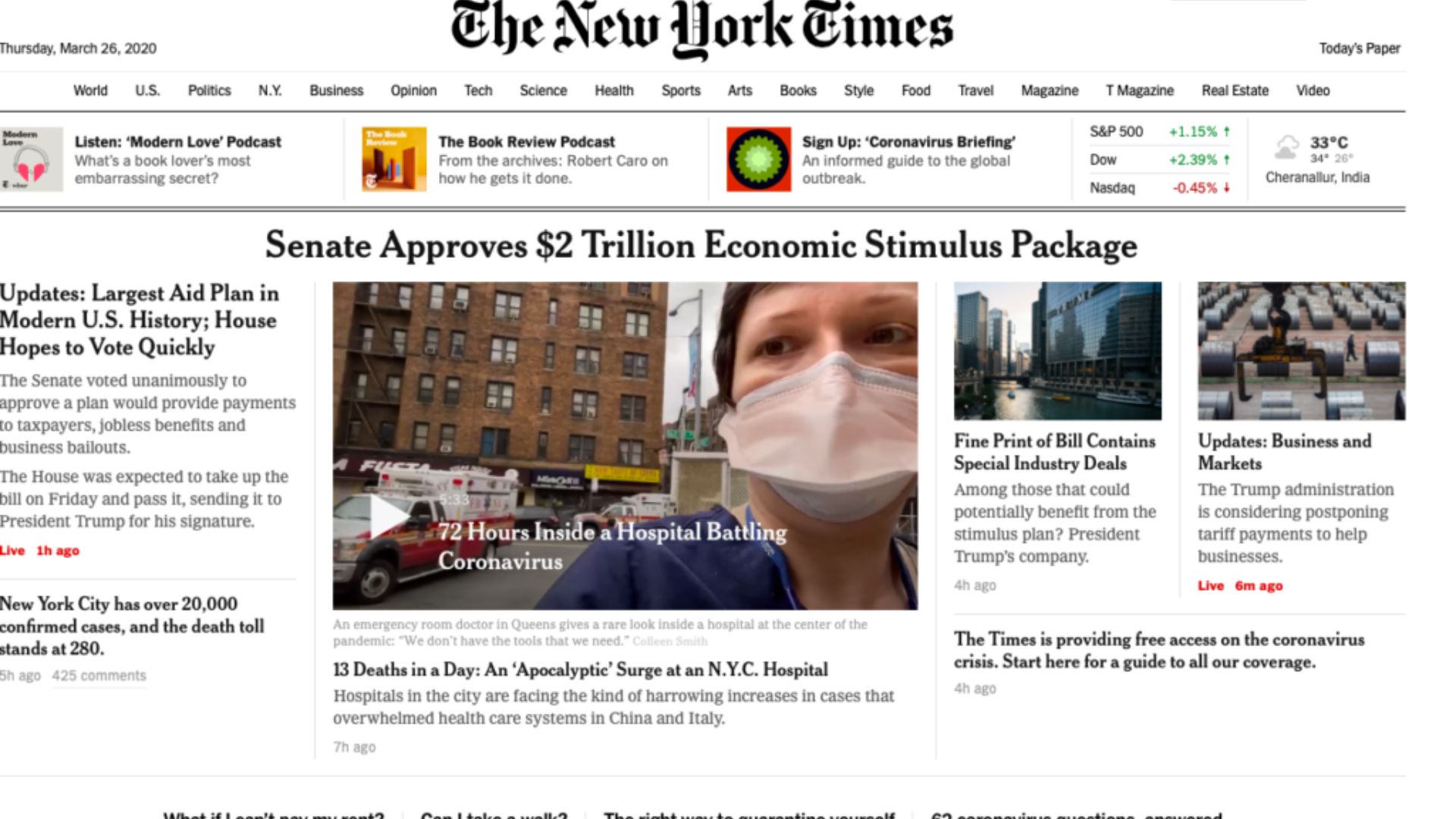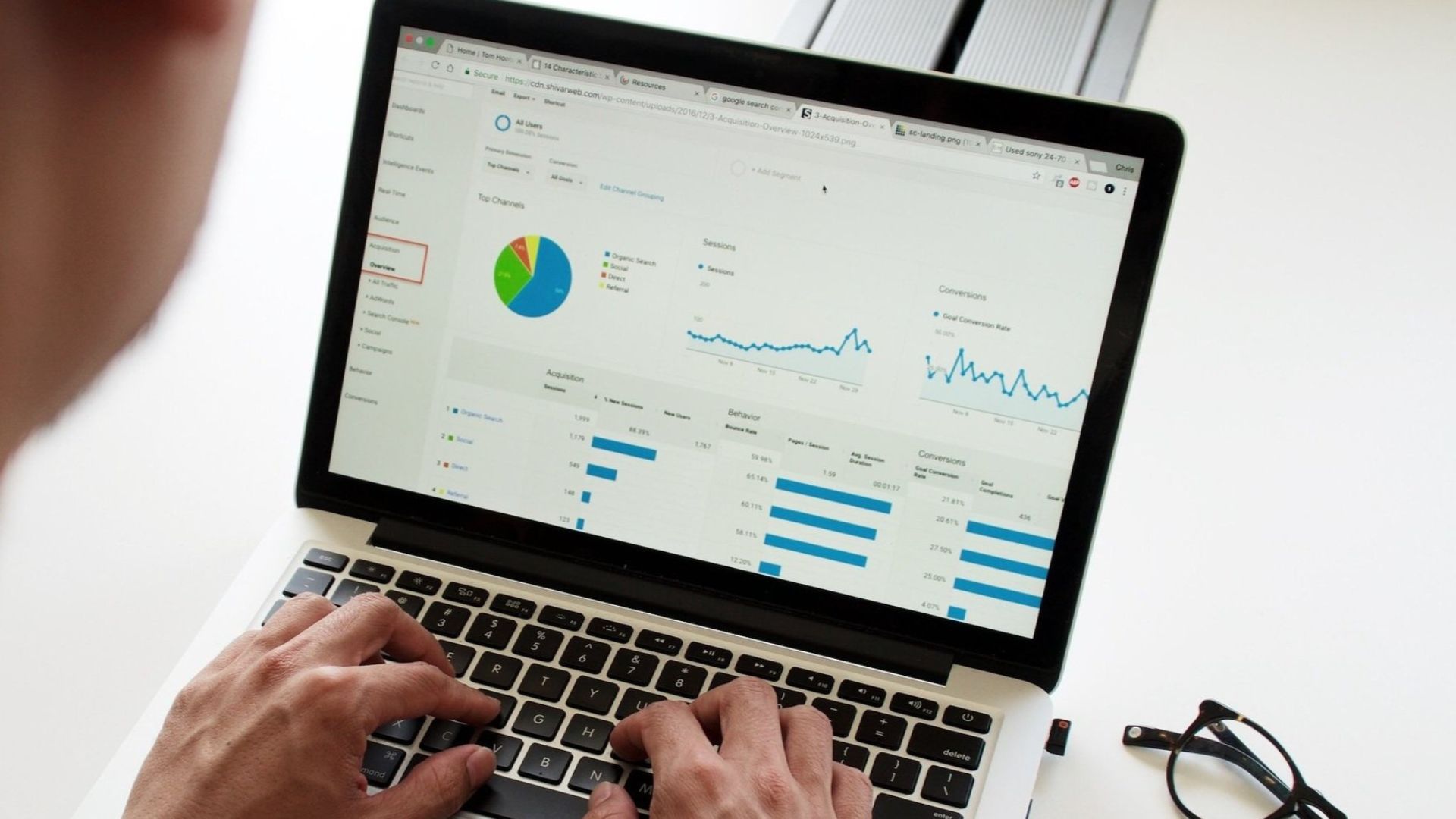Geometric shapes play a crucial role in web design by influencing visual hierarchy and creating a sense of order and structure. Here are some key impacts of incorporating geometric shapes in web design:
- Visual Hierarchy: Geometric shapes can be used to establish a clear visual hierarchy on a web page. By utilizing different shapes and sizes, designers can guide the viewer’s attention and emphasize important elements. Larger or more prominent geometric shapes tend to draw the eye first, while smaller or subtler shapes are perceived as secondary. This helps visitors quickly understand the organization and significance of content on a webpage.
- Balance and Symmetry: Geometric shapes offer a sense of balance and symmetry in web design. By strategically placing shapes with even proportions, designers can create a visually pleasing and harmonious layout. The use of geometric shapes in composition helps achieve balance, whether it’s through symmetrical designs or the intentional arrangement of various shapes.
- Structure and Grid Systems: Grid-based layouts, which often utilize geometric shapes, provide a structured framework for organizing content. By dividing a webpage into columns, sections, or modules using geometric shapes, designers can create a consistent and orderly presentation. Grid systems help maintain consistency throughout the design, making it easier for users to navigate and understand the content.
- Visual Contrast and Emphasis: Geometric shapes can be used to create contrast and highlight specific elements for emphasis. When placed alongside organic or irregular elements, geometric shapes stand out and draw attention. This contrast can be helpful in guiding users’ focus and ensuring important information is noticed.
- Brand Identity and Personality: Geometric shapes can convey specific traits and personalities associated with a brand. For example, sharp, angular shapes may signify strength or precision, while soft, rounded shapes can create a friendly or approachable impression. Depending on the shapes used, brands can use geometric elements to reinforce their identity and create a visual connection with the audience.
- User Experience and Interaction: Geometric shapes can also enhance the user experience by providing visual cues for interaction. Buttons, icons, and navigation elements often incorporate geometric shapes to communicate their purpose or functionality. Users can quickly identify and understand these elements, leading to a more intuitive and user-friendly experience.
In summary, geometric shapes have a significant impact on web design by influencing visual hierarchy, creating order and balance, providing structure, emphasizing important elements, conveying brand personality, and enhancing the user experience. By strategically incorporating geometric shapes, designers can create visually appealing and engaging web designs that effectively communicate and captivate users.










